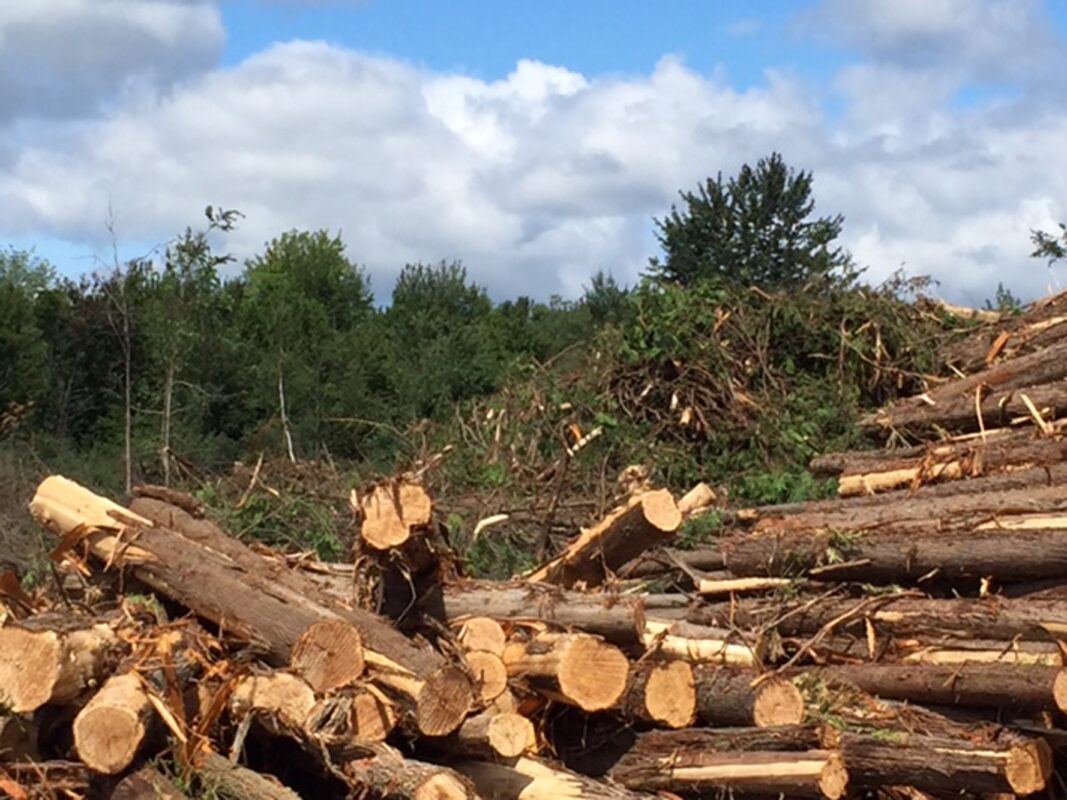
Comments on “Hydrogeological Evaluation in support of a PTTW for sewer construction on Phase 2 Findlay Creek Subdivision” prepared by Golder Associates Ltd. August 2007.
This report is fully dependent on a single calculation using one equation taken from a US Army, Navy and Air Force Publication (1971) to determine the zone of influence caused by pumping the water table down 4 m. Although this simple equation may be valid for this use there are no parameters in the equation that have made the equation relevant for the Findlay Creek hydrogeological setting. The hydrogeology of the Findlay Creek area and the Leitrim wetland is very complex with soil layers ranging through highly permeable peat and highly permeable fine sandy deposits to moderately permeable sandy till and more overlying a fractured bedrock of unknown hydrogeology. It is impossible with any confidence to use a single calculation for a zone of influence estimate from pumping at a rate of 11,820 L/min hydrogeological setting as complex as the Findlay Creek setting.
In an effort to duplicate independently the calculation performed by Golder, I used a long standing hydrogeology text (Freeze and Cherry, 1979) from which a series of equations were found to calculate drawdown of an unconfined aquifer. To make use of these equations it was necessary to provide values for the following parameters relating to hydrogeology of the aquifer:
Of the five parameters above only the transmissivity of the aquifer is in the Golder calculation and only in part. The transmissivity is a product of depth of the aquifer and its hydraulic conductivity. The Golder calculation uses only hydraulic conductivity as the single aquifer parameter. To complete the Freeze and Cherry (1979) calculations would require four additional aquifer parameters. There is at least one critical assumption behind the Freeze and Cherry equations that the aquifer is homogeneous and isotropic. This assumption means that the pumped aquifer is uniform throughout the region being pumped and that there are no differences in geological properties in any direction. Golder’s calculation must have adopted tacitly this same assumption. This very restrictive assumption is not valid for the Findlay Creek area aquifer because the soil and geology is not homogeneous (different materials are present) nor isotropic (the layer and fractures in bedrock give rise to anisotropy). Thus it is impossible to make a drawdown calculation with simple calculations either from reliable textbooks or US Army, Navy and Air Force Handbook for such complex hydrogeology as exist in the aquifer which includes the Leitrim wetland, part of which was to be protected from malfunction impacts.
To demonstrate how unreliable are simple calculations for addressing complex problems, I have made calculations of the drawdown of water table at 250 m from the well using the Freeze and Cherry equations and best estimates of the five parameters above. The 250 m distance was chosen as that is where Golder’s calculation showed zero drawdown. The Freeze and Cherry drawdown at that distance was 0.8 m or 20% of the drawdown to be achieved at the well. The uncertainty in finding zero drawdown is even greater. From the Freeze and Cherry equations the calculated zero drawdown was over 500 m from the well. Thus these calculations have uncertainties of 100% because the representation given by such abbreviated calculations neglected too many of the complexities of the aquifer.
References
Freeze, R.A. and J.A. Cherry. 1979. Groundwater. Prentice-Hall, Inc., Englewood Cliffs, NJ, USA. pp 604.
G. Clarke Topp, PhD
Soil Physicist
Ottawa, Ontario.
